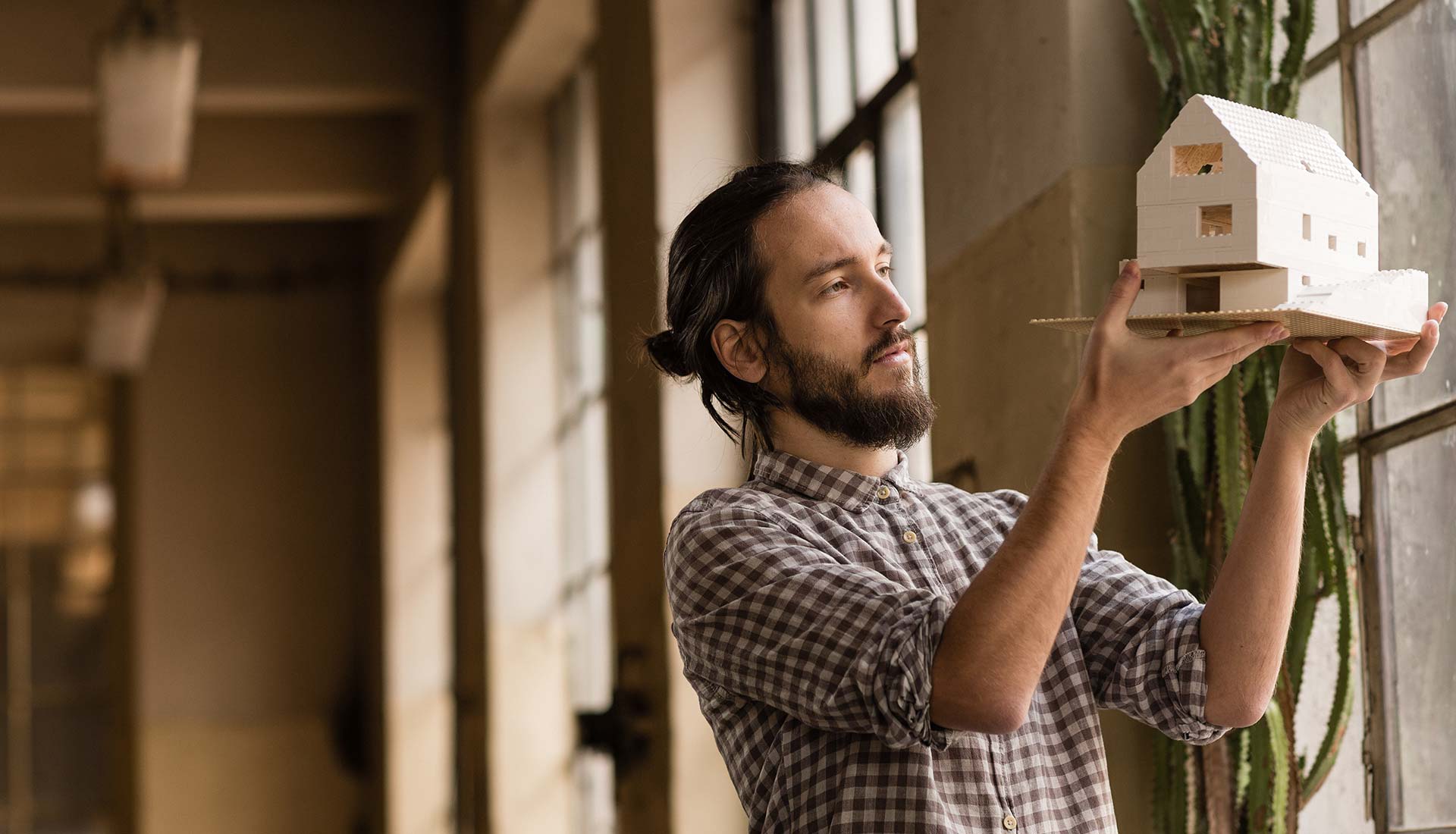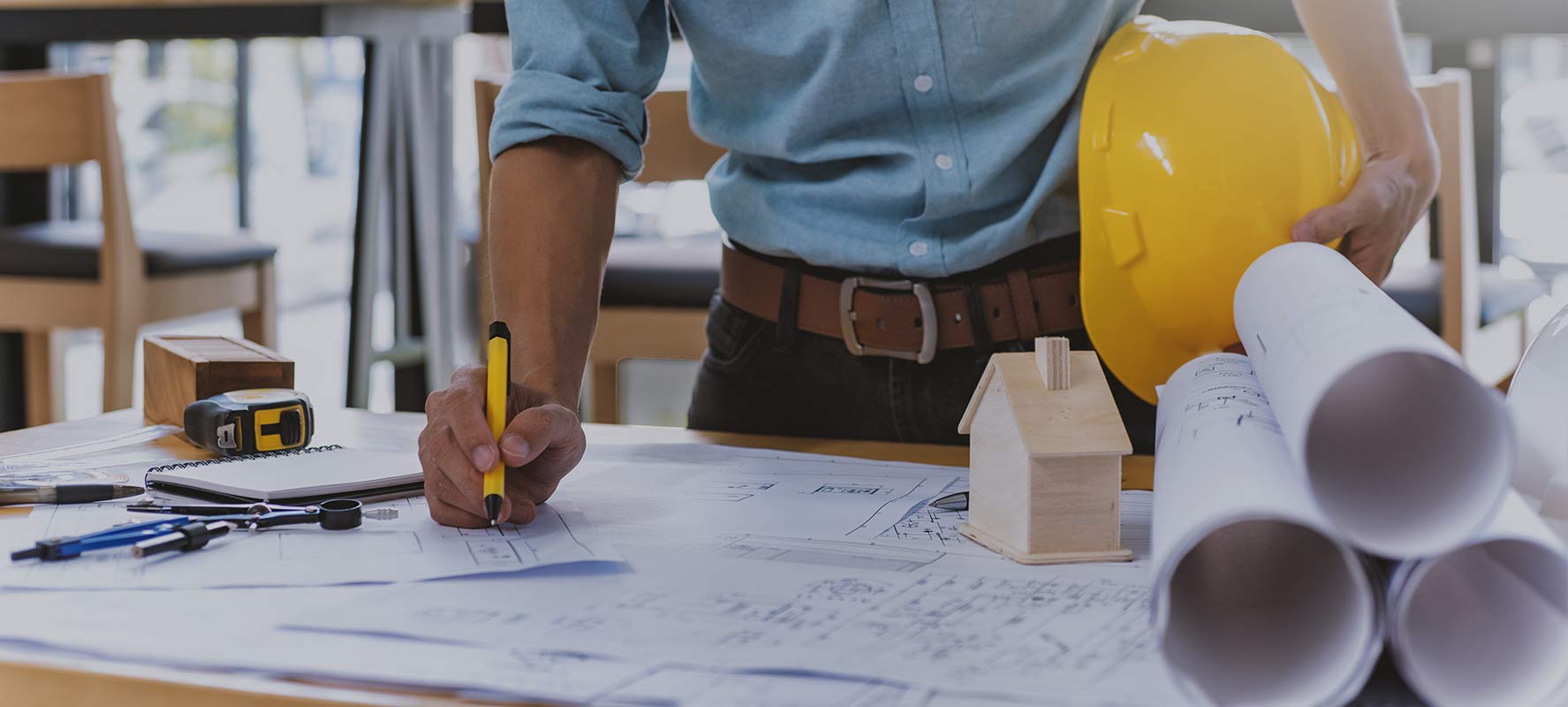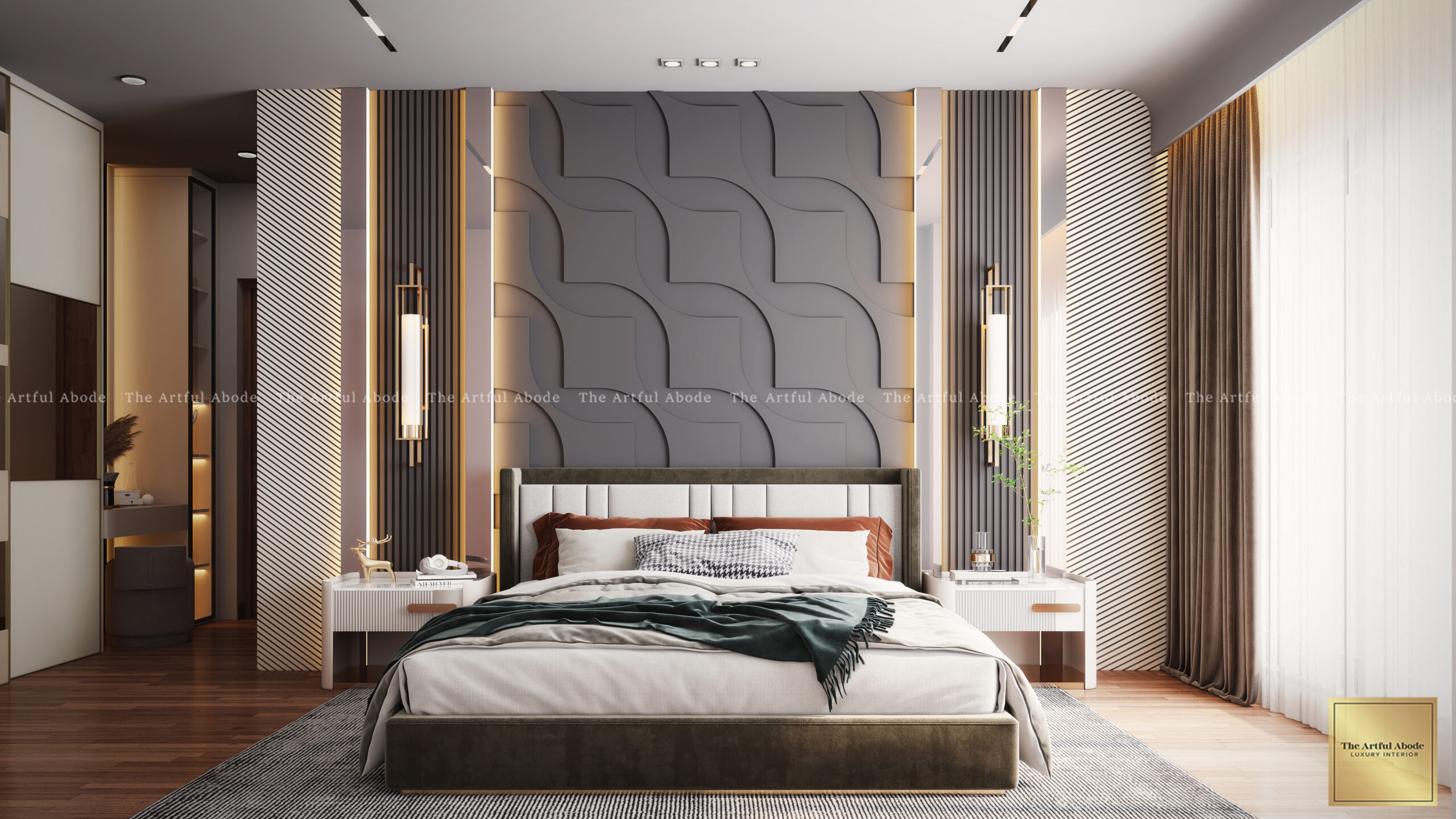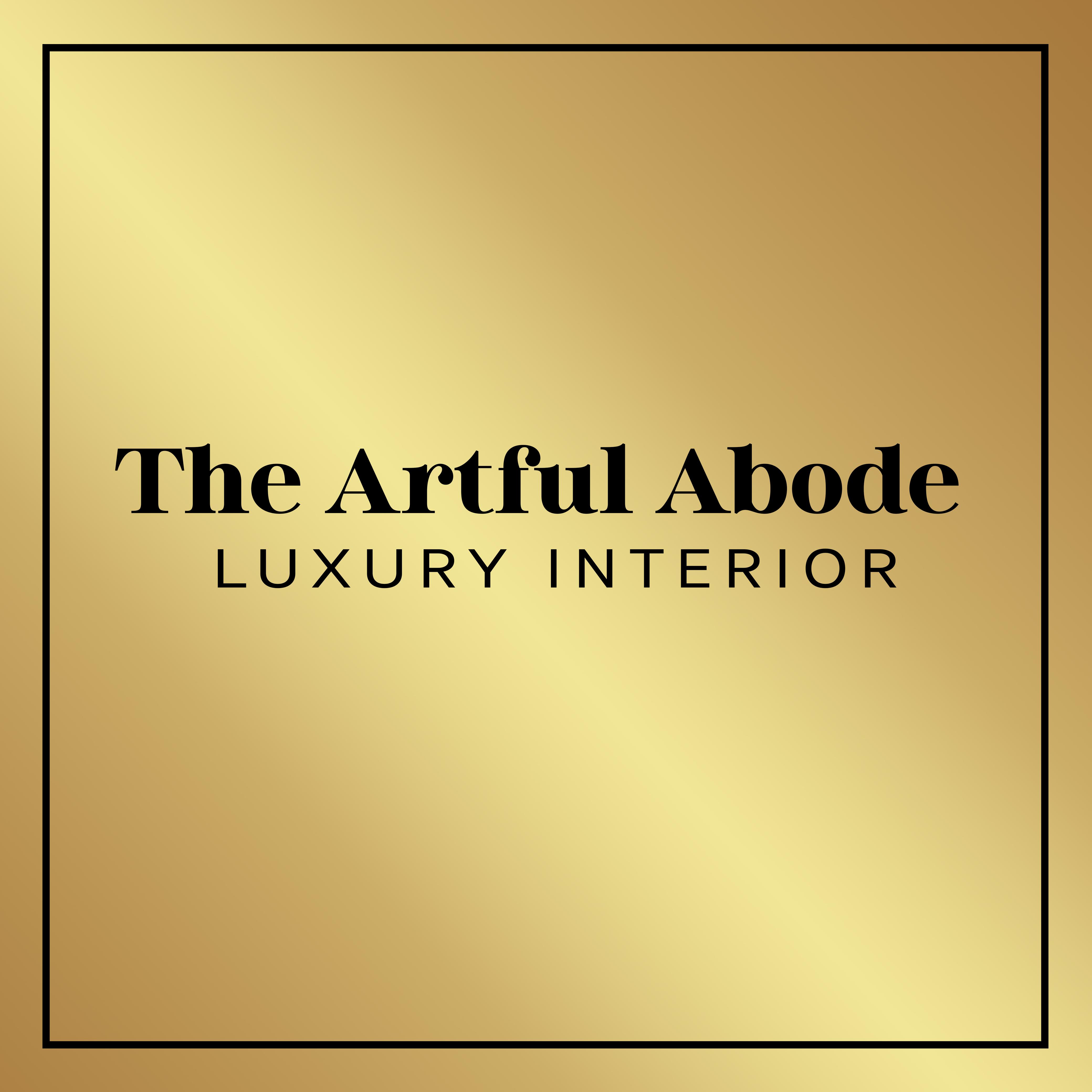Here's how I explain it. A makeup artist gets you camera-ready for your wedding. A plastic surgeon changes the actual structure of your face. Both deal with appearance, sure—but one's working the surface while the other's reshaping bones.
Same concept applies to your house.

What Interior Design Really Means
Interior design goes deeper than most homeowners expect.
An interior designer combines architecture, engineering, and artistry into one role. But they're not just making rooms look Instagram-worthy. They're the person who knows whether that wall you hate is actually holding up your second floor. They understand electrical codes, plumbing requirements, and how spaces actually function for real people living real lives.
The interior design meaning? Creating spaces that work beautifully. All this happens before furniture even enters the conversation.

The Technical Side Nobody Talks About
What really separates design from decoration comes down to education and credentials.
Interior designers typically spend years studying building systems and structural engineering. They learn accessibility standards and environmental psychology. Many hold professional certifications requiring ongoing education about building codes and safety regulations. This isn't weekend-workshop knowledge. It's serious technical training.
What Interior Designers Actually Handle
- Space planning to make rooms work better
- Structural modifications (actually moving or removing walls)
- Lighting design and electrical system planning
- Plumbing layouts for kitchens and bathrooms
- HVAC integration
- Material specifications focused on durability, not just looks
- Building code compliance for passing inspections
- Accessibility features and universal design

Understanding Interior Decoration
Interior decoration is all about the finish. And honestly? It's an art form.
Decorators see what most of us walk past: tones that clash, lighting that dulls textures, or curtains hung an inch too low. They’re experts at layering colors, textures, and furnishings to bring out a desired mood or personality in a room.
They don’t knock down walls—they bring them to life.

What Interior Decorators Actually Do
They focus on aesthetics—color palettes, lighting fixtures, window treatments, and furnishings. Their goal? Making a space *feel right* to its inhabitants.
Think of them as visual composers. They work with what’s already there, adding beauty and coherence through finishing touches, not construction plans.
Who Do You Really Need?
Hire an Interior Designer if you’re...
- Building or renovating your home
- Moving plumbing, walls, or wiring
- Wanting custom-built elements or cabinetry
- Planning large-scale space changes
- Seeking expert project management across trades
Hire an Interior Decorator if you’re...
- Refreshing furniture or finishes
- Choosing paint colors or artwork
- Styling your home for a photoshoot or event
- Looking for a visual identity or vibe upgrade
- Happy with your home’s layout, but not the look
Here’s the Takeaway
Every beautiful home starts with design—and finishes with decoration. One makes the space *work*, the other makes it *sing*.
So next time someone tells you they “do interiors,” ask them which one. Your budget—and your walls—will thank you.

